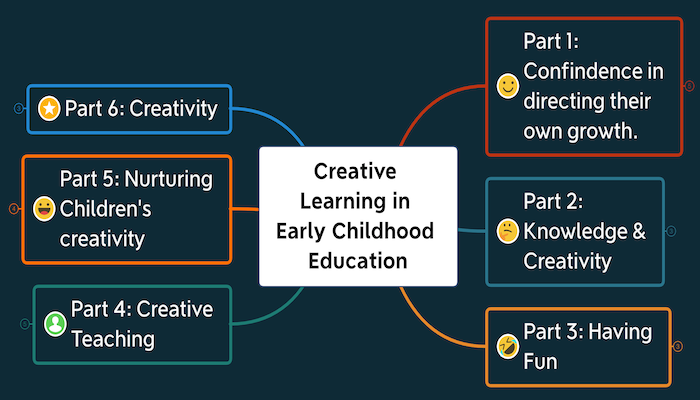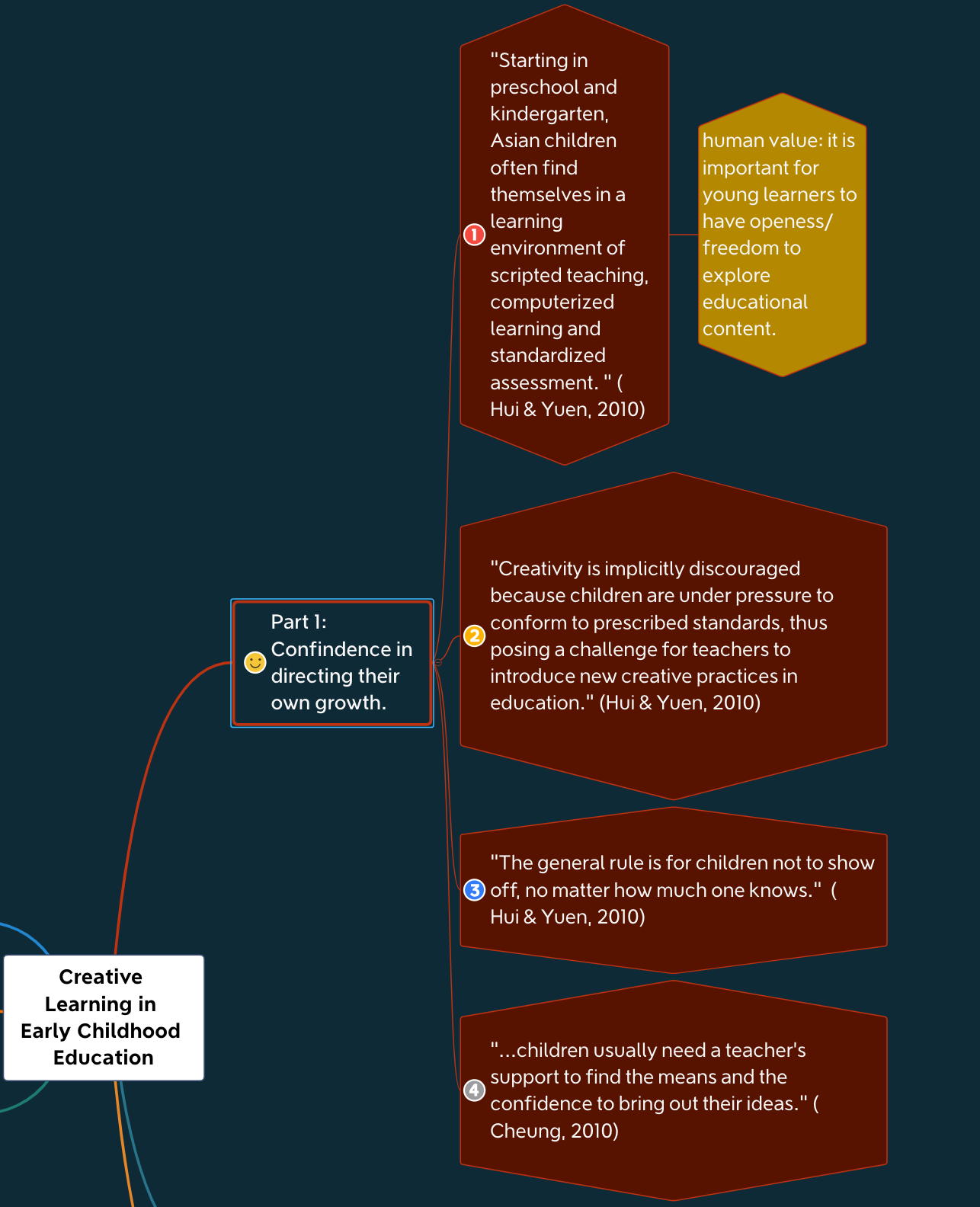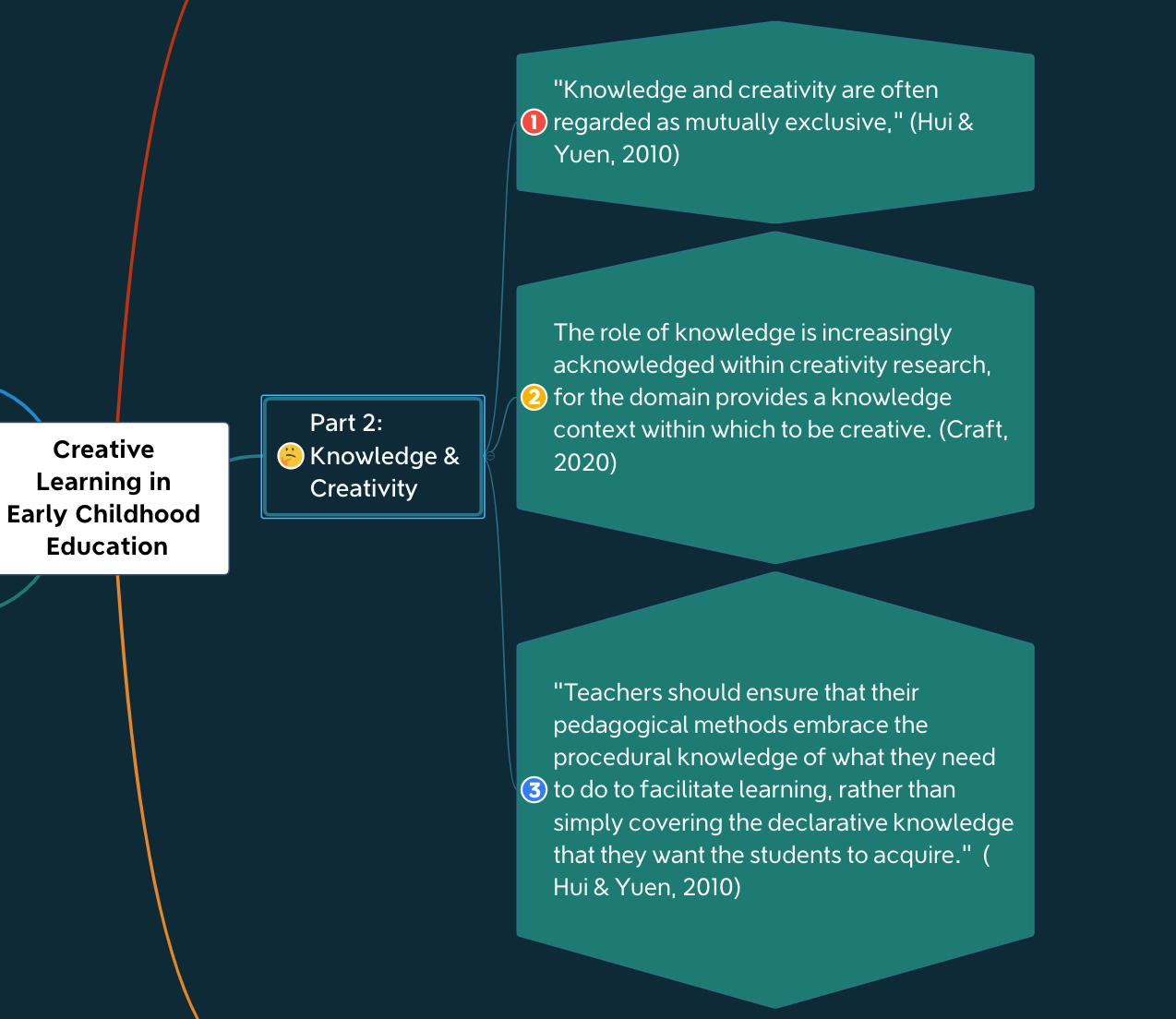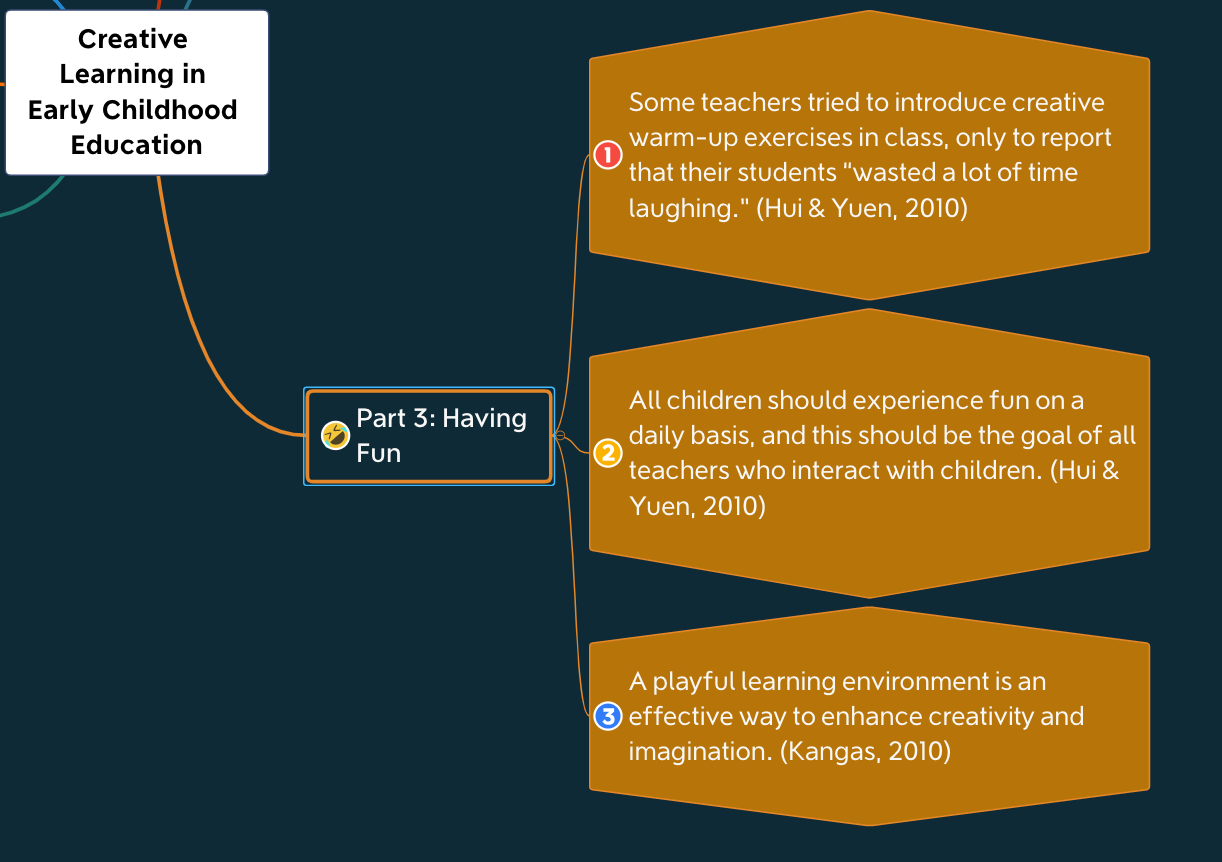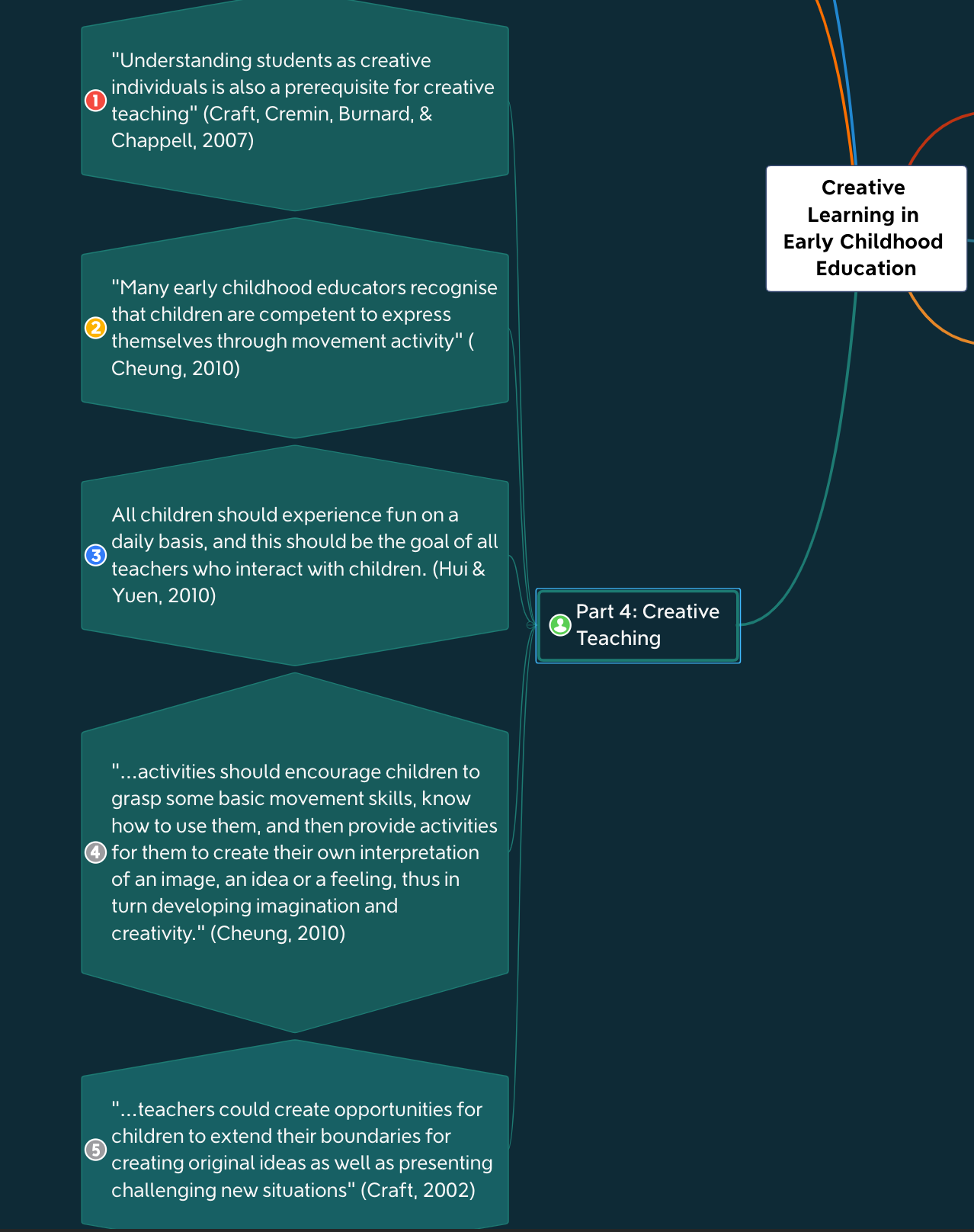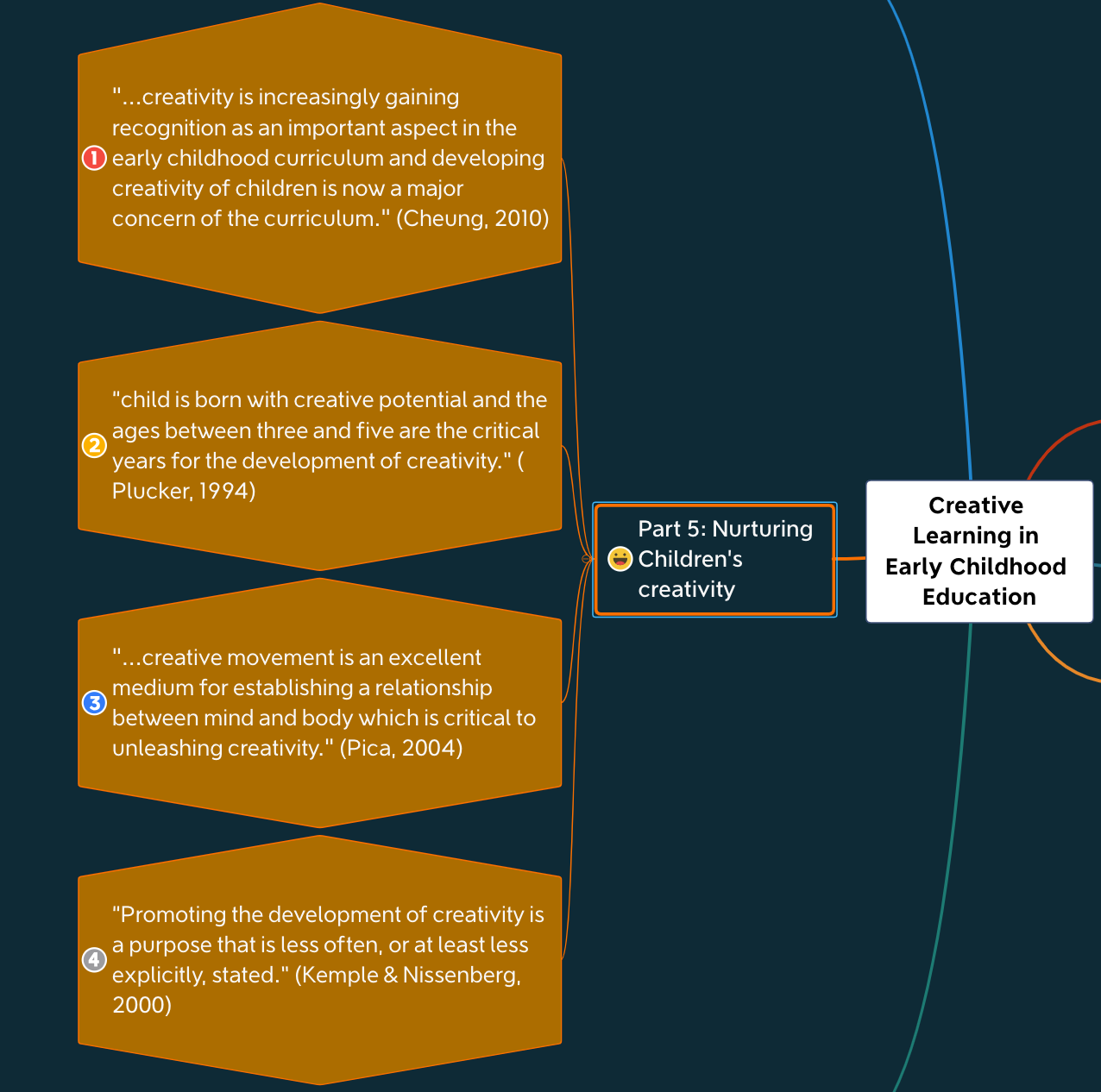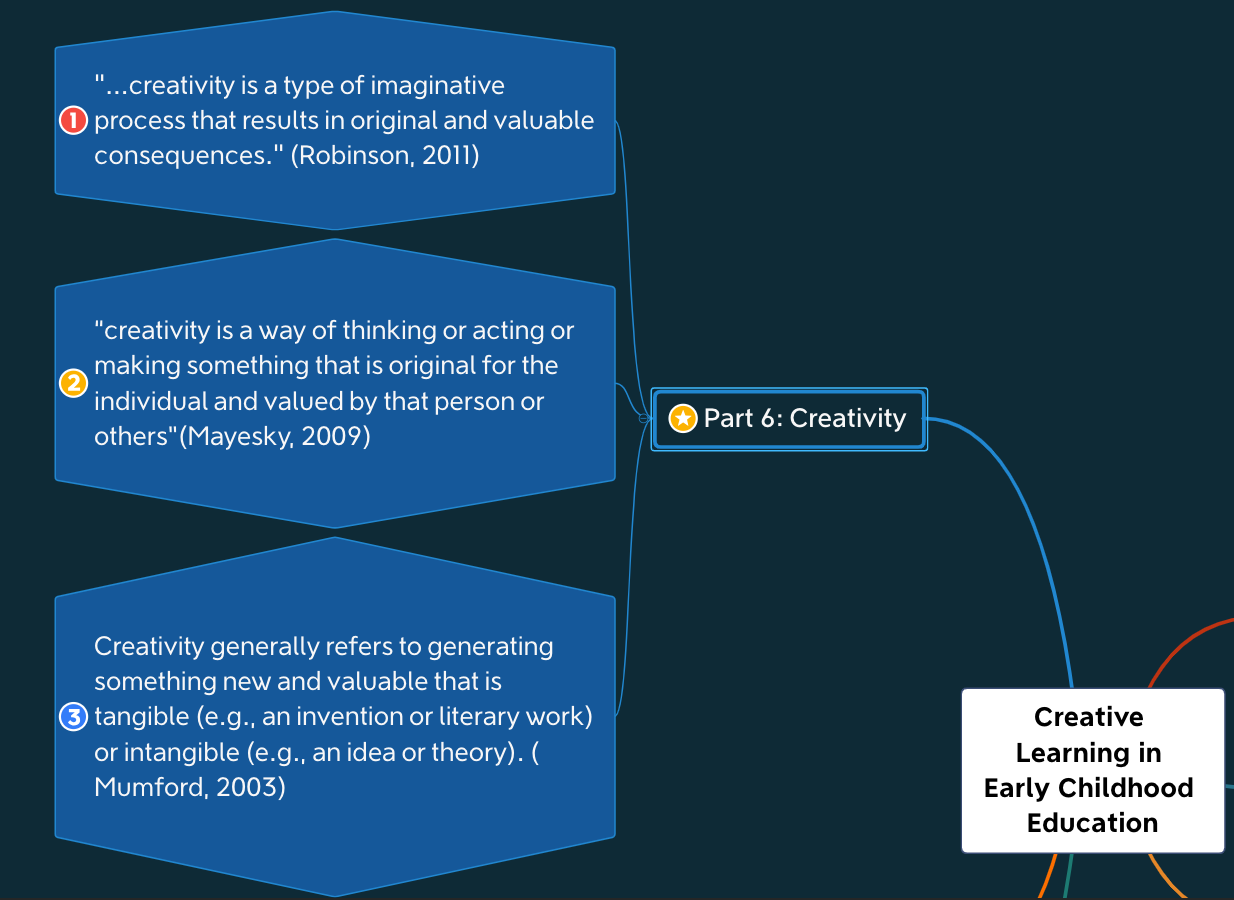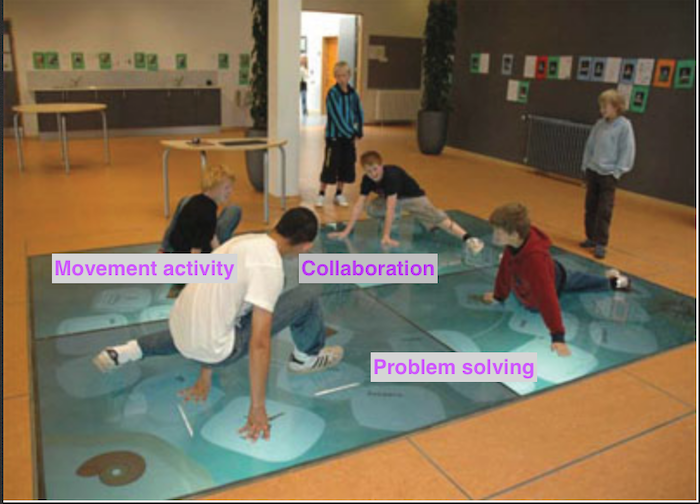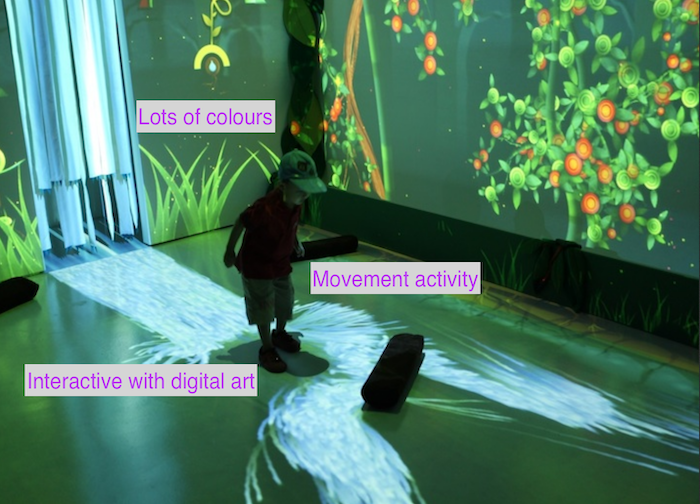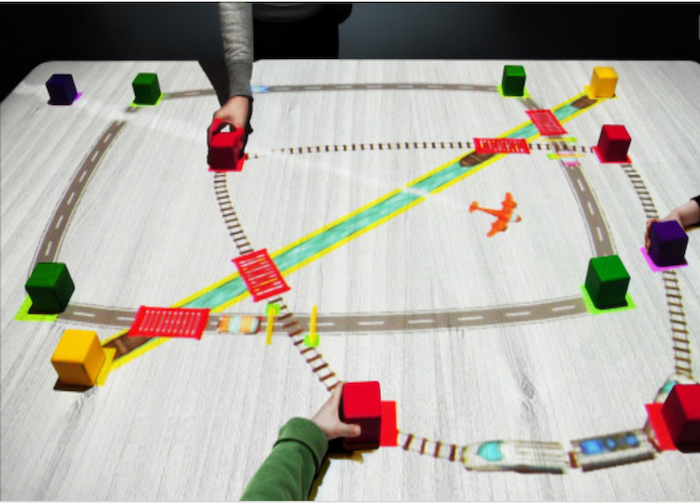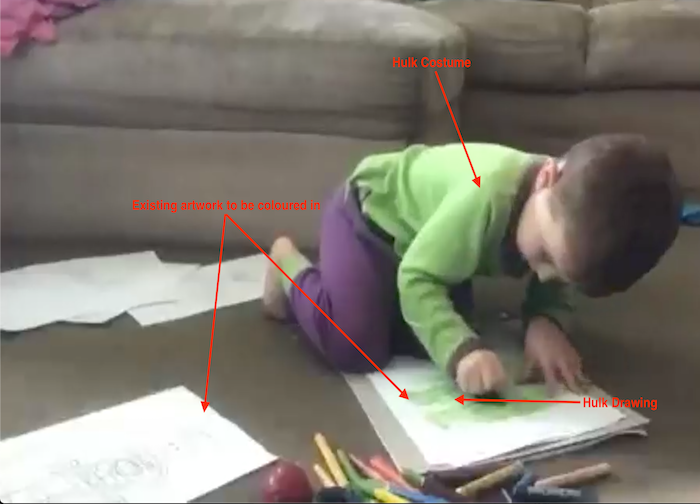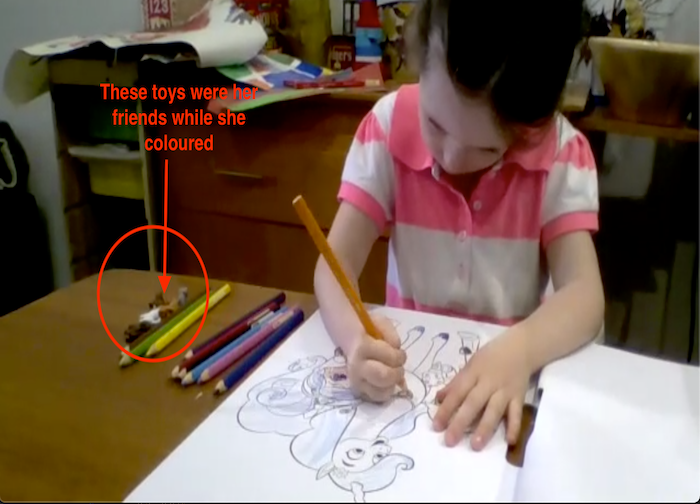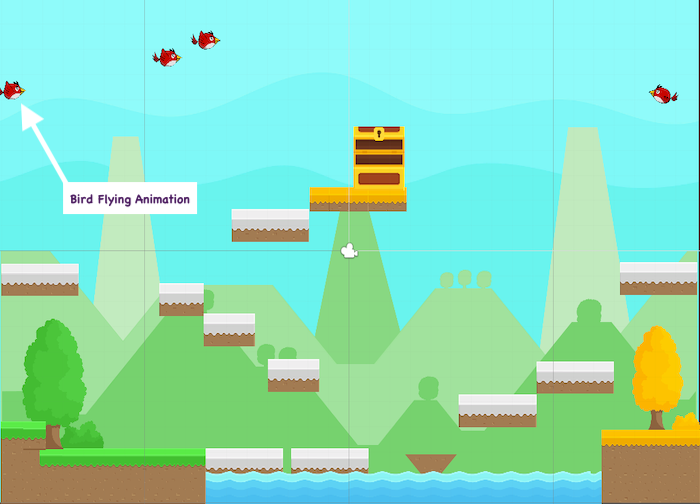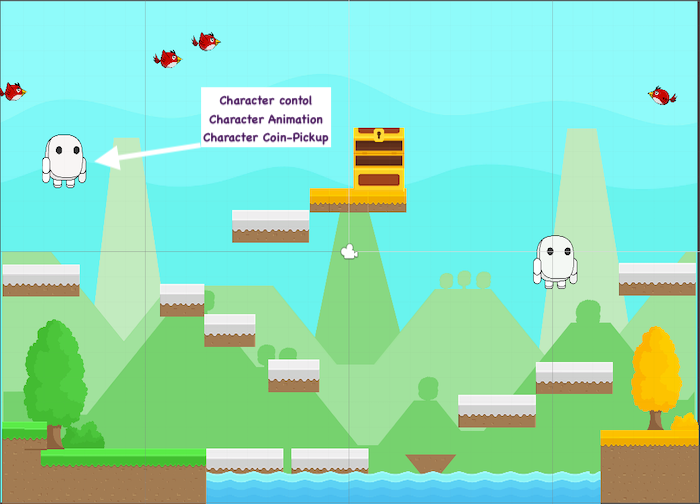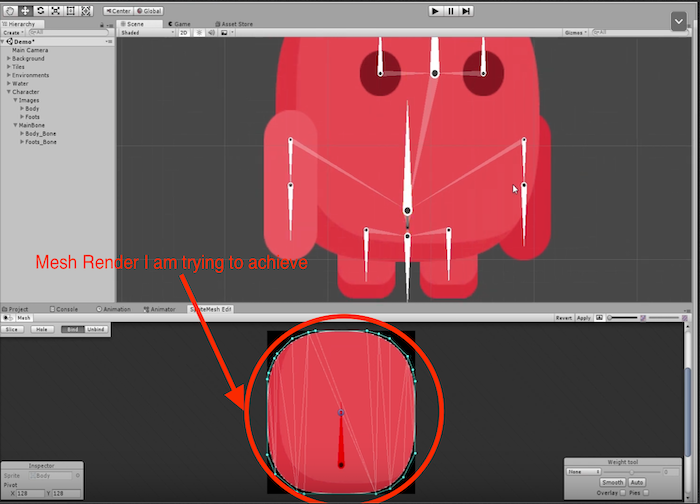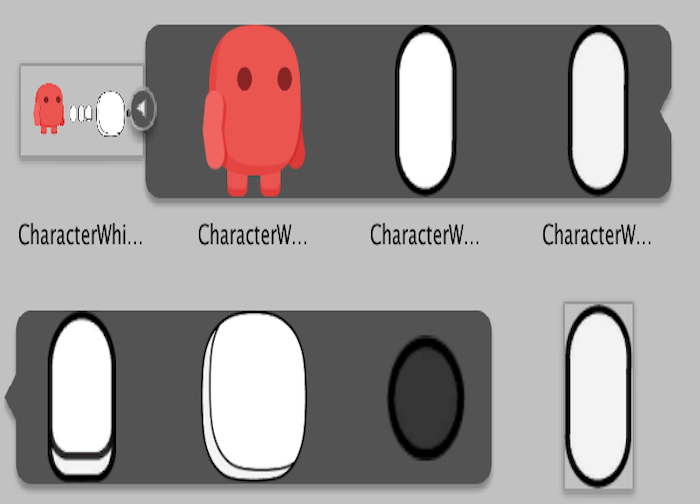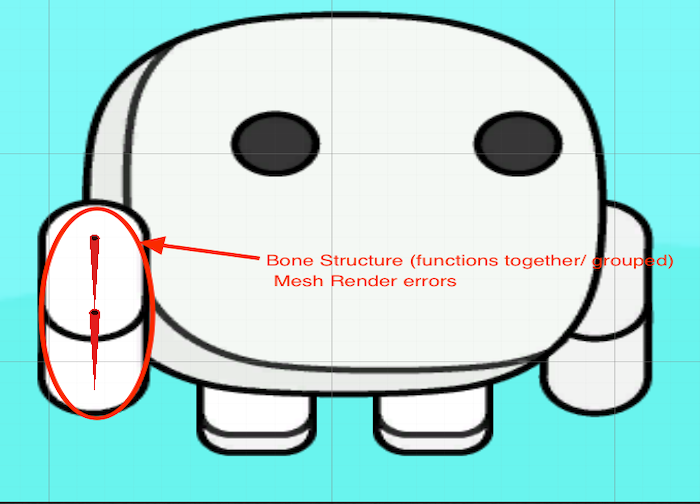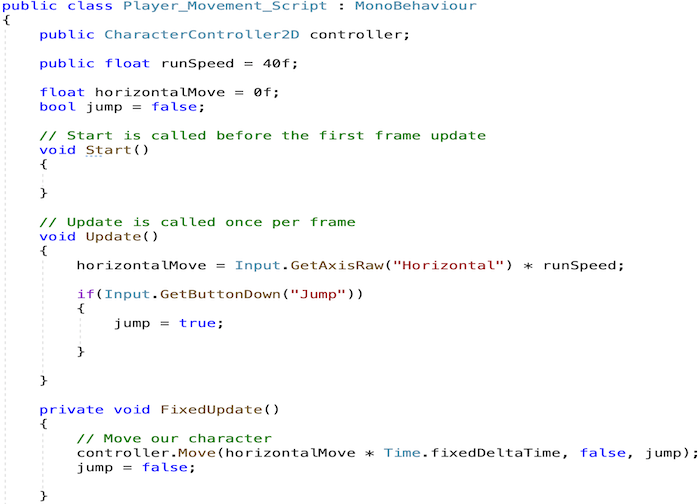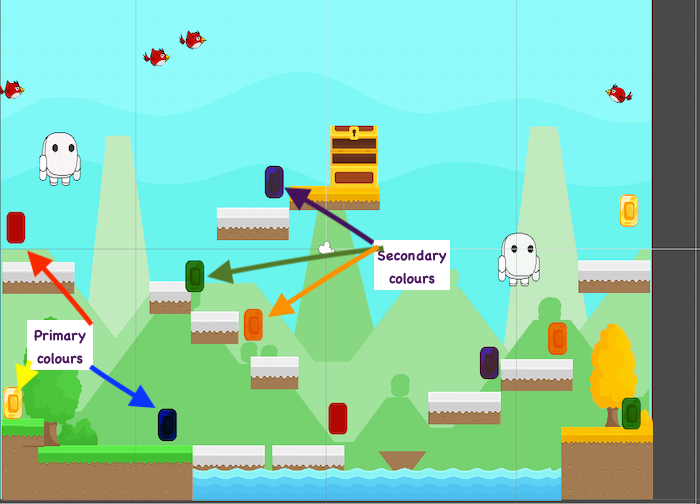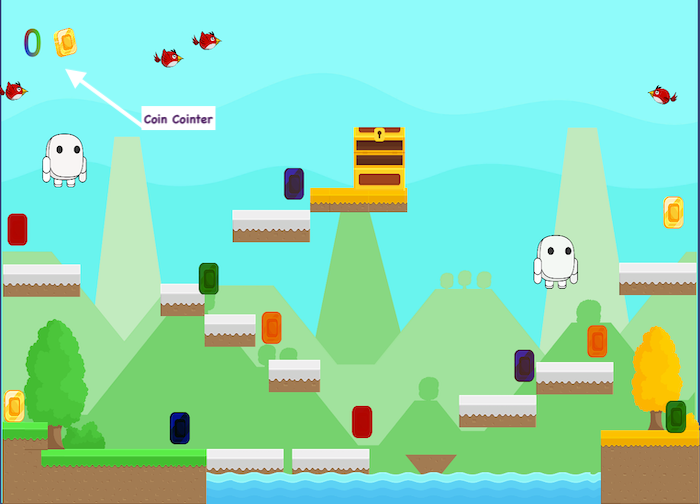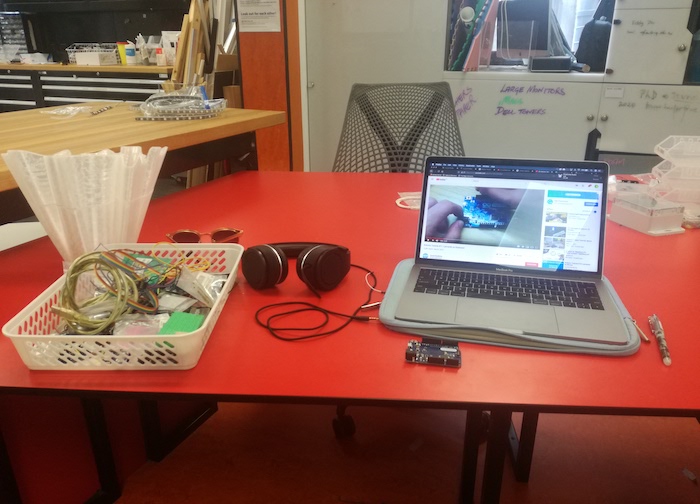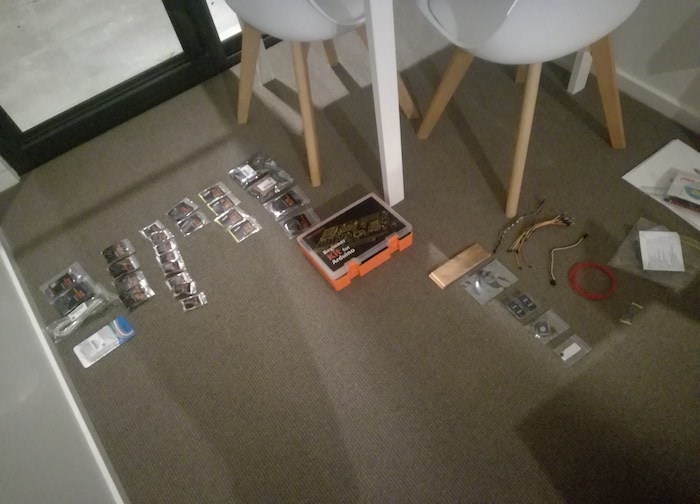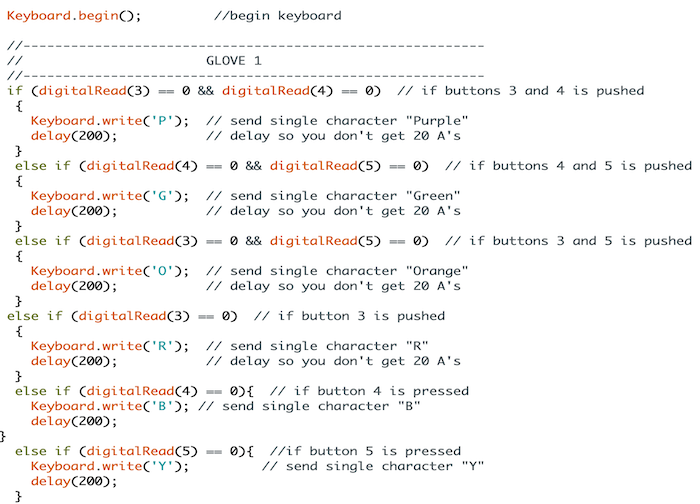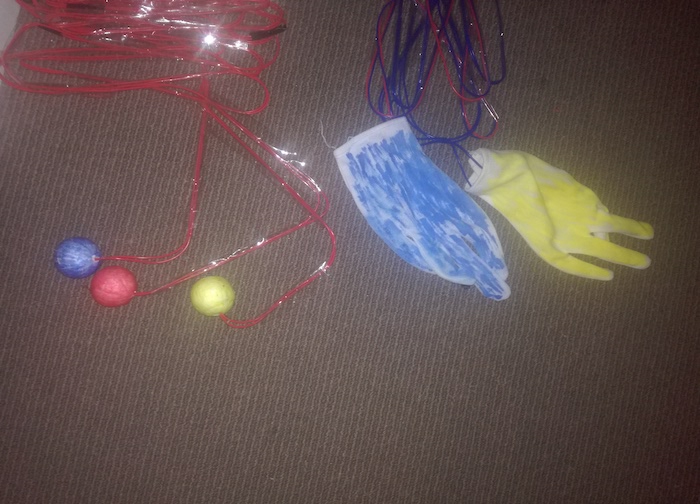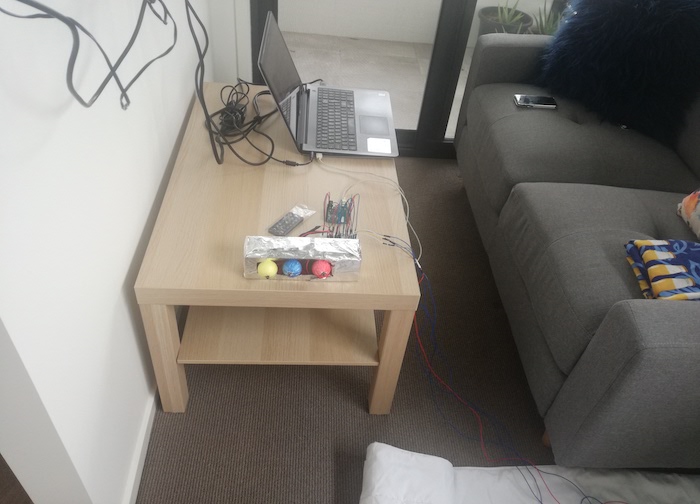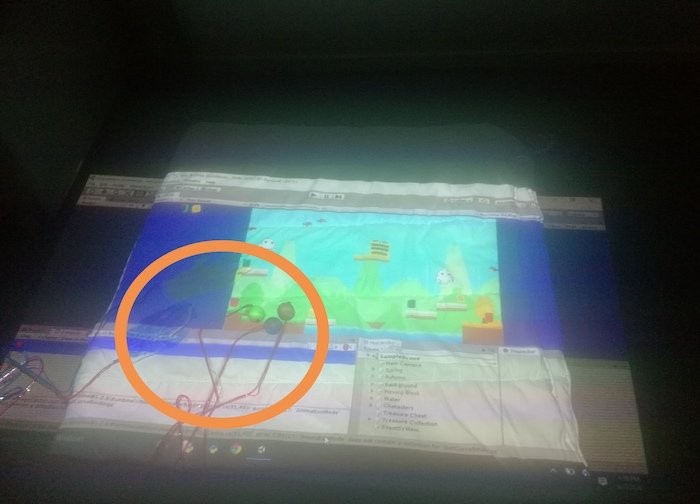Project Background
Insights from Literature, Inspiration, & Online-Fieldwork
Literature Review
How Literature guided the design exploration of ICMC
As a collective effort our team, Twisted, addressed the problem space of a need to encourage creativity in early childhood education. This was explored in greater detail in our team's Proposal Report .Studies have shown that teaching at the kindergarten level can be computerized and scripted and discourages creativity (Hui & Yen, 2010). Supporting work has also provided that it is critical to nurture creativity at this stage as creativity is said to peek in children ages 3-5 years old (Plucker,1995). Further to these studies, we consulted (ACARA, 2012) where the Australian Curriculum educational goals emphasized the significance of creativity in the Australian classroom. This aided our team to be more specific with our target audience and settled on designing concepts that foster creative learning for Year 1 Australian students, within the age range of 4-6 years.
The concept of Interactive Colour-Mixing Carpet (here in referred to as ICMC) illustrates but one perspective and approach to exploring creative learning domain in an early childhood education setting. It represents one part of a collective team initiative. The ICMC concept maintained the considerations that informed the design proposals from the outset and that is, the contributions of literature reviews. The use of physical movement plays a big role in endorsing creativity in children as supported by the works of (Cheung, 2010). It is also very important for the learning environment to foster creative teaching for educational facilitators such as teachers. (Kangas, 2010) provides that an effective way of encouraging imagination and creativity in a child, is to have a supporting playful learning environment in which they are able to comfortably explore. As a bit of initial fieldwork, a cultural probe was used to identify what school activities our target audience enjoys and feels most creative at. The response to this probe was playing with colours, art, and playing with friends.
For this reason, the individual approach of ICMC is a physical carpet with a playful and interactive interface. It supports collaborative play, playing with colours, and open-ended interactions. The mode of interactions is geared towards mimicking finger-painting activities. This activity is already commonly practised with this younger age group of children ages 4-6 years old. Main Points from the literature reviews are best captured in the images for this section. Some main points from the literature review conducted are listed below:
- Creative Learning and Knowledge
- Physical Movement Activity and collaboration
- The role of Open-Ended/ Unstructured actions
- Creative Teaching Practices for early childhood classrooms
- Having fun while learning
- Nurturing Children’s creativity through colours
Inspiration
Contributions from existing work
Physical movement activity, playing with colours and having fun while learning were the major inspirations from these existing concepts! They were very helpful examples used to inspire interaction modes such as hands/ feet, physical position, concept form/ platform such as tabletop, wall, or on the ground display surfaces. They conceptualized forms in which collaboration can take place, and approaches that can be taken as well. The images for this section are inspirational concepts and not a reflection of the complete target audience.
- Wisdom Well
- Interactive Funky Forest
- Grafitti Nature
- Connecting Train Block
Image 1: Here there is some guidance over what the activity is but the acticity itself remained opened and unstructured as far as the physical movement required to complete the activity. This aided an open ended appraoch to the design process.
Image 2: The nature of interaction here is completely unstructured. No set activity to be completed. Just following the child’s natural curiosity is what governs the interaction and openness to creativity.
Image 3: Creativity is up to the child’s interpretation of choice colours for colouring in the objects on the paper. Here inetraction is more structured but providess options for the child's coice of how and what is to be coloured in. Options varying from favourite animals to favourite colours.
Image 4: This is really helpful to show children working together, use of colours, and colour blocks. A set mode of interacting with the system is through the use of placing blocks on the surface to connect trains by rail. This was helpful for pointing out unexped modes of interaction that may appeal to a young target audience.
Online-Fieldwork
Alternative methods of conducting fieldwork
Interviews and Observations were tricky to conduct during a pandemic because this involved social distancing constraints. Since I was not able to conduct these works in person, a "face-to-face online" structure was the perfect alternative. This also provided ongoing documentation of observation through video and voice recordings. Here’s how this was conducted:
- Create guiding questions to lead the interview
- Email this guide to participants (this was to alleviate the time taken for actual interview as the participants are home with toddlers and might have matters to tend to in that environment).
- One participant submitted interview response by email, the others were conducted over live video chat.
- Observations included giving each child a blank paper, a paper with artwork to be coloured in, and a mixture of crayons, markers, and colouring pencils.
These tools helped me to define certain parameters of the concept. The most insightful and contributing information was the irony of open-ended interaction being demonstrated by choosing to be creative by colouring in an object versus colouring or drawing without borders or boundaries on a blank paper. Both interviews and observations pointed out that this is the preference of being playful and creative with colours. This informed ICMC by lending considerations to colouring in as opposed to creating free drawing for an open-ended interaction.
View Details ------->Timeline
An overview of the ideation and defining process of this project
-
Informed Concepts Ideated
Looks at the very beginning of understanding the problem space of creative learning for early childhood education.The second image drawn by group member Michelle Owen.
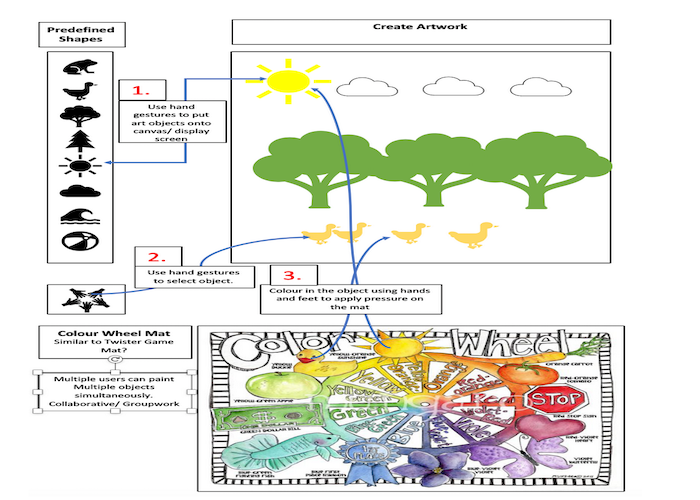
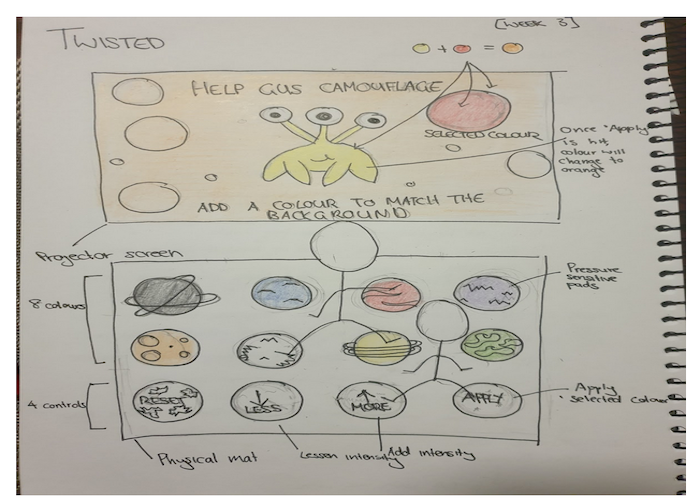
-
Colour Theory
Exploring colour theory through physical movement activity to boost creative energy in a classroom setting. The concept of interactive carpet possibilities.
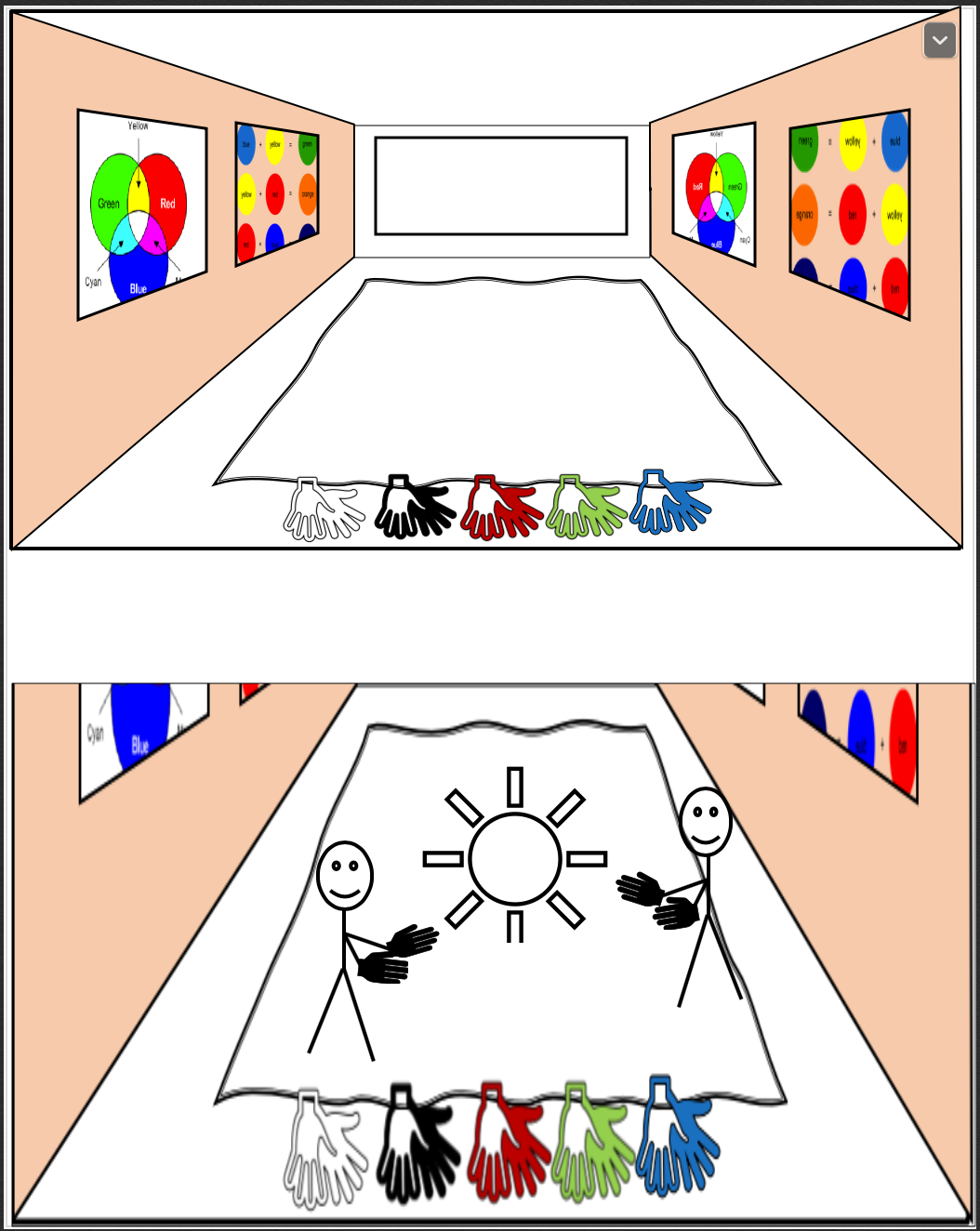
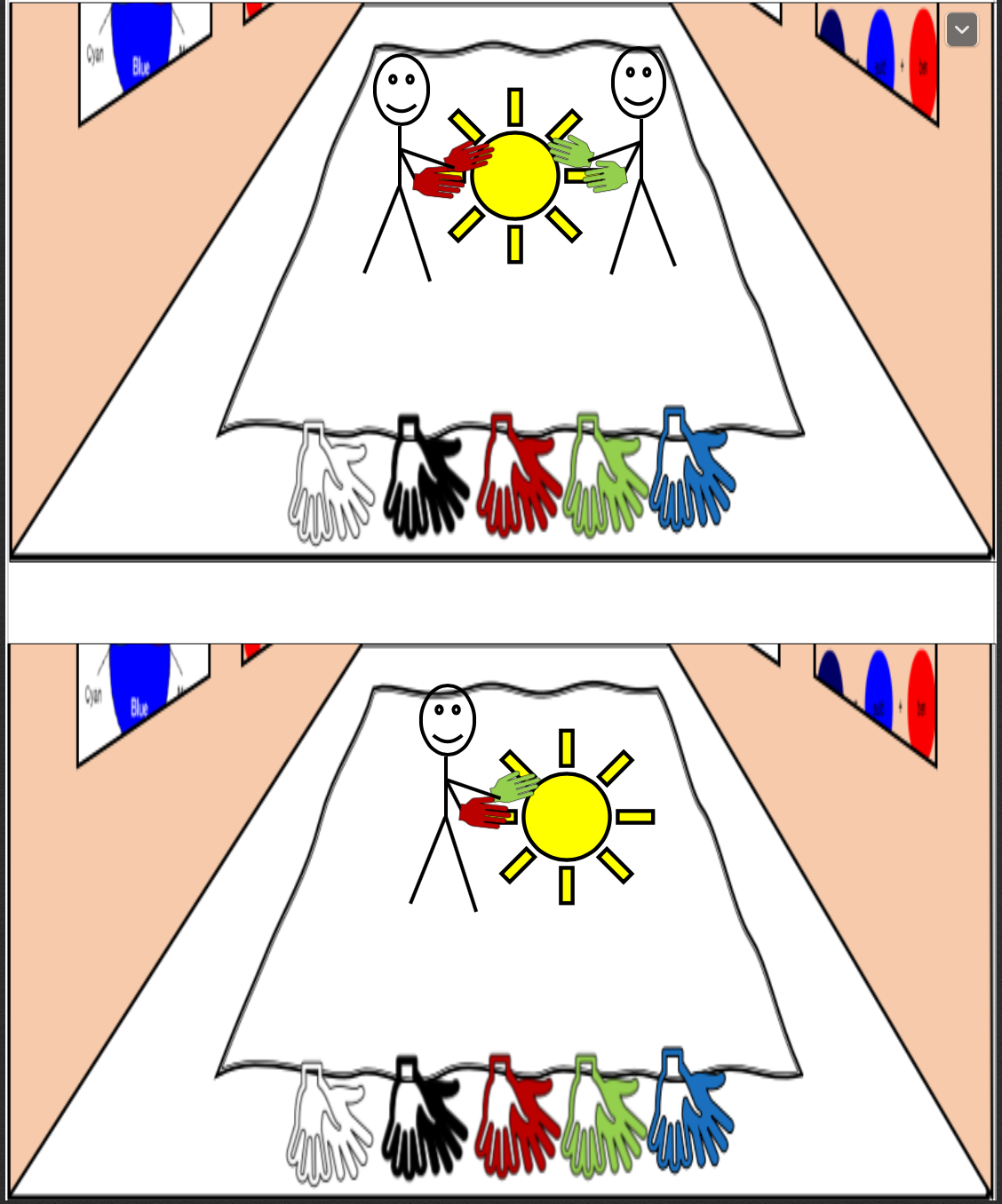
-
Designing the Interface
Gamifying the solution to entice a young target audience of Year 1 Kindergarten students. Introduce a playful interaction with learning colours.
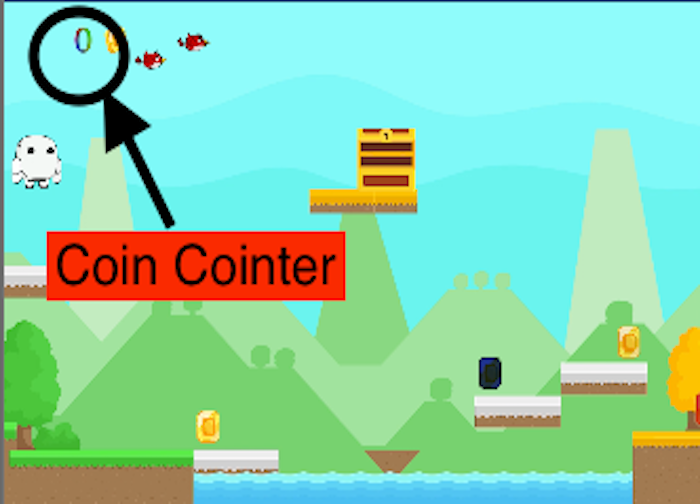
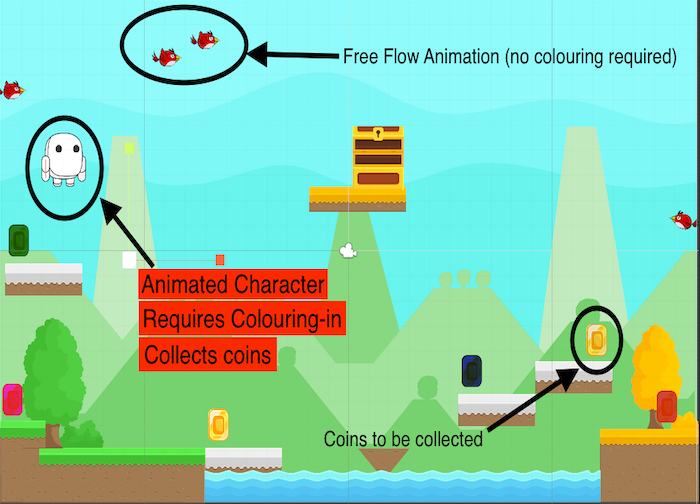
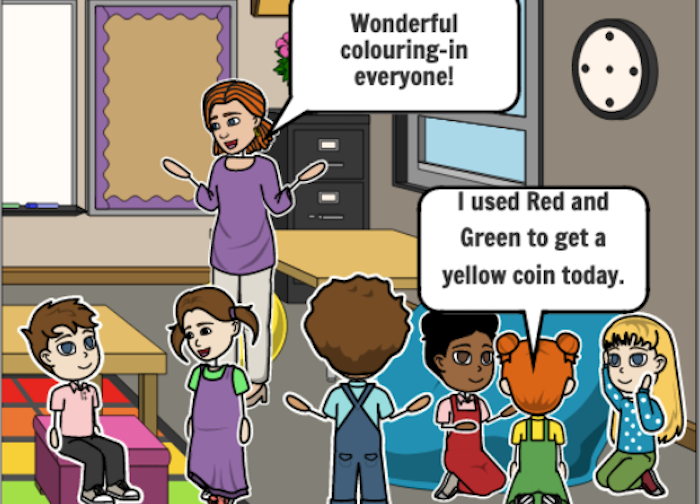
-
Desining the Physical Interaction
Modes of interaction required greater consideratrion at this stage. Initially physical position and gloves were the intended interaction as a way of replicating finger painting activities. It proved to be a possible point of frustration as a result other modes of interaction were considered. Colour coded round device like a ball was integrated for testing as well. More information is provided in Evaluation and Reflection sections.
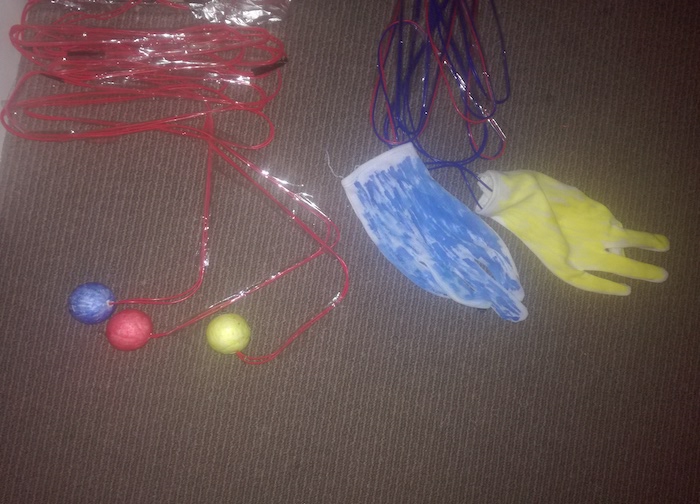
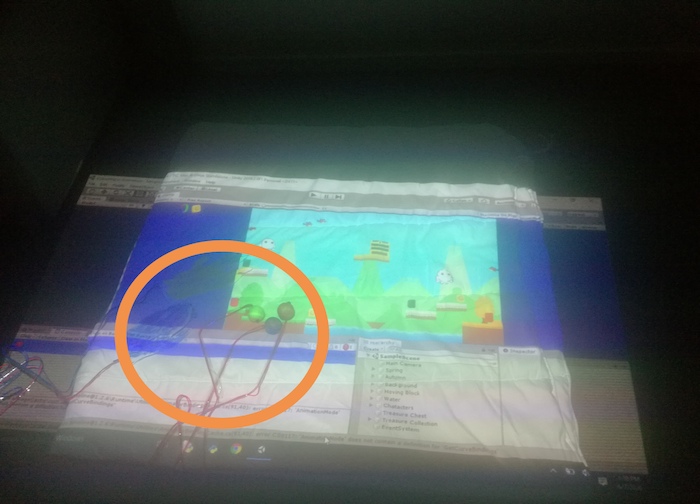
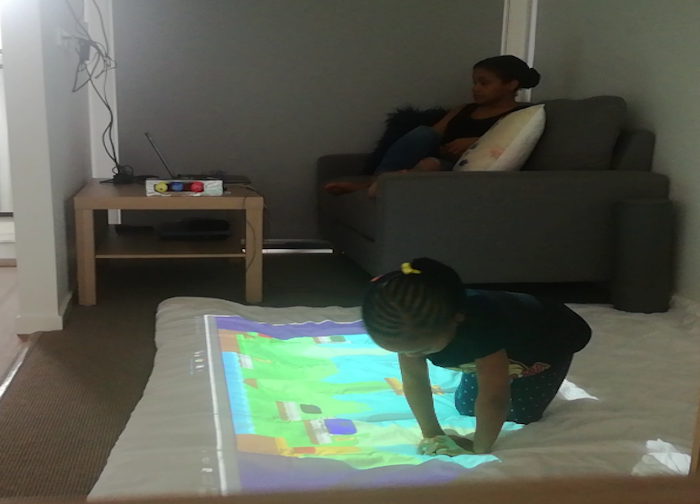
Prototype
The Build and Demo
The intended use of ICMC
Prototype
The ICMC (Interactive Colour-Mixing Carpet) is a concept being developed within the domain of creative learning and is targeting users of early childhood education systems such as teachers and students. It is a carpet with an animated character that travels around the scene to collect coins. In order to collect a coin however, the first step is to colour the character to match the colour of the coin they are trying to collect. At the initial stages the coins are only primary colours red, blue, and yellow. By colouring the character with those colours, they can collect the coins. The next phase the coins are secondary colours green, purple, and orange. To collect these coins the students will need to mix colours and therefore introducing colour theory. The character movement is navigated by the teacher, so this means, the teacher guides the learning of which colour mixing activities are right for their students. More than one character can be controlled at a given time to facilitate collaboration.
Future Considerations for ICMC
Ideal Concept
The Ideal concept for ICMC is a carpet that covers the entire section of a room. In ways similar to a reading corner concept, the ICMC will introduce the colouring corner concept. The application on the carpet will be varying in difficulty levels. Starting at the primary colours level children go through that round collecting all coins without mixing. Then level above that will have secondary colours. Again, the children go through the level collecting coins that are all secondary colours. This will require them to mix the primary colours they have.
The character animation will be much more interactive. When it collects a coin it says, “Good Job!” or smile, or jump. The character would respond happily when it successfully collects a coin. There should be up to 6 movable characters to facilitate collaboration and teamwork among children.
The coin collection recording would be more detail. For example, instead of totalling the number of coins collected collectively it would reflect the number of coins collected through colour mixing and the number of coins collected that were primary colours only. This gives the teacher a better understanding of the effectiveness of the colour mixing exercise.
Ideally this would be the ICMC concept.
The Build Part_1
Building the interface of ICMC
The first part of building the prototype was first designing and building the interface. Unity3D is the platform used to design the software side/ application for the Interactive Colour-Mixing Carpet. To design a playful interface for children to interact with, the concept takes a gamified approach. As the images for this section shows, the character is first without colour. The objective for the game is to collect as many coins as possible. The motivation for participants/ children to engage in colour mixing activity is that, in order to collect the coin, they must first colour the character. Once the character colour matches the coin they want to collect, then it is able to do so.
At this stage of building the prototype, the background and scene in which the colouring activity will take place is being designed. The considerations here were maintain playfulness and open-ended interaction. To facilitate this, animated objects such as birds flying were created in the background. This is not a part of the colouring -in activity being designed but it is encourage open interaction and physical movement as they are key factors in boosting creativity and imagination (Chueng, 2010). At this stage the character animations were also integrated. The character movement/ character controll was implemented. A coin collect system was also put in place that matched the tag of the character with the tag of the coin. Tags are the colour codes used to determine if both game objects match. If the value is a positive match, that is, if the character and the coin is detected to have the same colour, the coin collect will be successful. Otherwise the child would need to keep mixing colours until the character is the right one. The application included:
- A playful background design.
- Static background elements that are also playful intended to spark imagination.
- Background animated objects such as birds flying.
- Character Design + Character Controller + Character Animation + Character Colouring-in.
- Coin Colour + Coin Collection.
The Build Part_2
Building the physical interactions of ICMC
In Physical Build Part_2 the project integrated the use of Arduino Uno and Arduino Leonardo to communicate with the Interface designed in “The Physical Build_1” where the modes of interaction previously identified as painting gloves, and paint balls. As the functions to move the animated character around the scene were already coded in Unity3D, I used six pins on the Arduino Leonardo to serve as input into the scene. Three pins are dedicated to primary colours red, yellow, and blue. Also, the same three pins are attached to one mode of interaction being the paint balls. Individually each pin, then by extension ball, represents one primary colour. However, as the images for this section shows, the pins were coded in combination to represent the output of mixing two colours. For example, by pressing the red paint ball its corresponding pin inputs the colour red to the scene in Unity3D and by pressing the yellow paint ball its corresponding pin inputs the colour yellow to the scene in Unity3D. The combination however, when the child presses both colours at the same time, the input of both pins to the scene in Unity3D gives the output of mixing the colours and therefore produces the colour orange. The devices that aided the physical build are:
- Arduino Leonardo for initial testing of extending the keyboard input.
- Type C to Type A USB for Arduino to Unity3D Connection.
- Cables to extend the signal from Arduino to breadboard.
- Cables/ Extended shielded copper wire to extend signal from the breadboard to paint gloves and paint balls.
- Gloves for wearable interaction mode.
- Styrofoam painted balls for free hand/ ease of interaction when colouring in.
- Projector for display unto Carpet.
Reflection
Design Process and Project Findings
Reflecting on the design process, exploring this problem space was quite useful and informative. I was able to gain deeper insights into creativity, understanding what it means, forming a collective understanding, and what it may look like in academic spaces for young children. Both the evidence of literature research and fieldwork, coincide on the general idea of creativity. That it refers to doing, being, or making something original that is derived from engaging the imaginative process. Essentially an environment where thinking or seeing something (it could be a story, image, existing work, and so on...), and then having the freedom to express one’s own interpretation of what they have seen, is an environment that nurtures creativity. Speaking with young target audience of ages 4-6 years and their guardians, it was even more evident then, that they feel creative having fun with colours, exploring and playing with their friends. These factors along with literature contributions governed the design of this concept.
The design methods used in my approach are common to the field of research and namely, they are interviews and observations. Initially I thought the observations might be a strange activity for the children as they would have someone that they are unfamiliar with, watching them colour or draw. So, it was interesting, that as long as I engaged them or their parent in conversation during the activity, there was some ease and they were able to carry out the activities. It was particularly revealing that without trying to intentionally create a safe environment, I was able to gather insights on the benefits of the child feeling comfortable to express what they were thinking and feeling while colouring.
In such an environment where their own ideas and interpretation matter, one participant colouring a hulk drawing went to make a quick change and came back in a Hulk costume. It didn’t stop there, while colouring he started expressing his own made up (original) stories of Hulk. This experience was a lot like watching the research work of (Kangas, 2010) and also (Chueng,2010) as well. Where a child is given images or told stories etc. and are then provided the opportunity to express their own interpretation of said or story. This fosters imagination and creativity for young children.
In terms of reflecting over the physical build, during the final testing with the intended target audience, they were presented with a glove interaction and a ball interaction for colouring in the character. By default, each participant opted to use the glove interaction. The objective of providing another way of interacting was to test out the shape and ease at which the young audience could manoeuvre this mode of interaction versus the use of a glove. Both participants tried both modes of interaction but preferred the use of gloves.
The glove interaction did its job of mimicking the childhood activity of finger painting and I suspect this adds to the preference of using this type of interaction. It was not explicitly stated by the 4-year-old participant, only that she "...really like this one" in referring to using the glove and supports it with a smile. This mode of interaction still leaves a possible point of frustration should the participant want to mix a colour that is not on their glove and by extension on their hand at the time they need to use a specific colour. This could lead to a means for greater collaboration where participants could work together and blend colours they have to collect the coins. That said however, I believe this aspect should be looked into further to facilitate users who do not particularly wish to be collaborative at a given time.
Overall, the concept did provide a playful, guided, and unstructured interaction with colour theory for young children ages 4-6 years old. At the end of one of the testings a young participant ran to her mom telling her what she had made and how she did it. Also, counting her 4 coins that she collected. Creative learning fosters a confidence in initiating contact with knowledge, to experiment while learning. From the observations of participants using this concept, I was pleased to see they did just that. Future work should consider refining the interaction mode to a wireless mode of interaction (be it glove or other object) as the cables visible in the prototype are not a true indication of the user experience intended.
About
ME
On the final lap of a Master of Interaction Design program, I have acquired skills in research and development, python, C#, HTML, CSS, JavaScript, Human- Computer Interaction, Physical Computing, and Virtual Reality Development. Feeding my great passion for education, and desire to gamify aspects of teaching and learning, has been fuelled by these acquired skills.
I’m currently working on a thesis to evaluate the use of physiological feedback such as heart rate and respiratory record in a collaborative VR environment. The thesis is being designed and developed to assess the impact of this feedback to evoke empathy and enhanced user experience within this context.
Along with the main project being showcased on this site, ICMC for creative learning in early childhood education, I have also developed prototypes within the broader domain of education. Some of these projects include a Holographic Design Table for higher academic makerspaces and storytelling application through VR device.
For a full reference of work done on this project with supporting documention such as online tutorials that helped with this project build, citing literature reviews, or other online resources, please visit my journal at the link below. Otherwise let's work together sometime, I can be contacted at the email address below.
Link to my journal
Contact: jwahair@gmail
References
External Links that were helpful to develop this project
Arduino to Unity Resources
- http://gregneilsonembedded.blogspot.com/2016/06/wearable-project-glove.html
- https://www.dropbox.com/sh/m6c40pu99fqxb5b/AADrQc_jiI_dx8rUMkjPegp5a/arduino_keyboard_emulation?dl=0&preview=arduino_keyboard_emulation.ino&subfolder_nav_tracking=1
Tutorials
Colour Changing Resources
- https://docs.unity3d.com/ScriptReference/KeyCode.html
- https://docs.unity3d.com/Manual/class-InputManager.html
Online Forums
- https://answers.unity.com/questions/13356/how-can-i-assign-materials-using-c-code.html?_ga=2.14983028.339730122.1590359281-276065039.1590359281
- https://answers.unity.com/questions/59355/change-the-material-on-an-object-in-a-script.html
Tutorials
- https://www.youtube.com/watch?v=5OxmXaeAx2g
- https://www.youtube.com/watch?v=chMxcadsT4U
- https://www.youtube.com/watch?v=AAc_R9bp6zI
- https://www.youtube.com/watch?v=dJB07ZSiW7k
- https://www.youtube.com/results?search_query=assigning+input+keys+unity3d
Literature Review
- Australian Curriculum. (2020). Learning F-2. Retrieved from Australian Curriculum: https://www.australiancurriculum.edu.au/f-10-curriculum/learning-f-2/
- Cheung, R. H. P. (2010). Designing movement activities to develop children's creativity in early childhood education. Early Child Development and Care, 180(3), 377-385.
- Hui, A. N. N., & Yuen, T. C. M. (2010). The blossoming of creativity in education in Asia: Changing views and challenging practices. Thinking Skills and Creativity, 5(3), 155-158.
- Kangas, M. (2010). Creative and playful learning: Learning through game co-creation and games in a playful learning environment. Thinking Skills and Creativity, 5(1), 1-15.
- Plucker, J. (1994). review of Gardner, H., "Creating Minds: An Anatomy of Creativity Seen Through the Lives of Freud, Einstein, Picasso, Stravinsky, Eliot, Graham, and Ghandi". The Gifted Child Quarterly, 38, 49-51.
